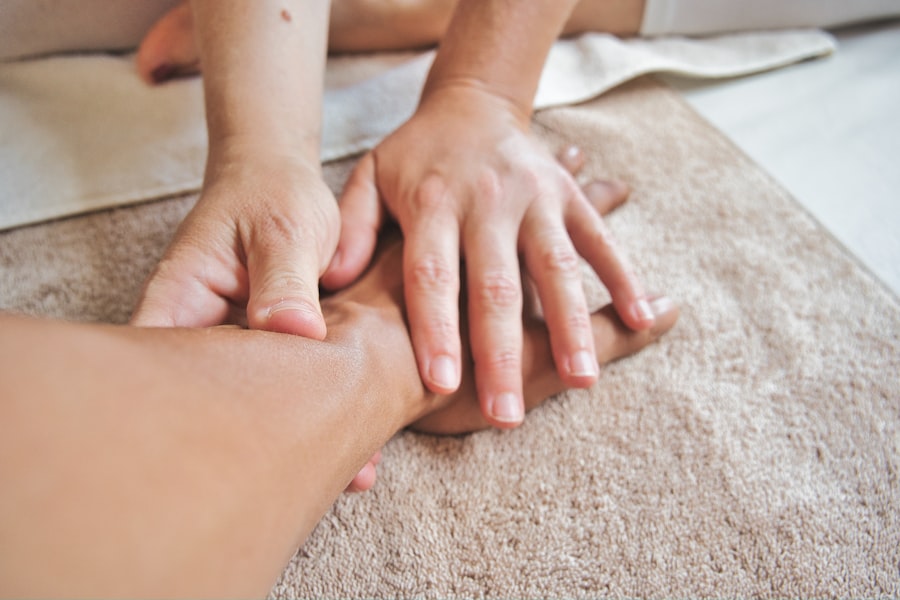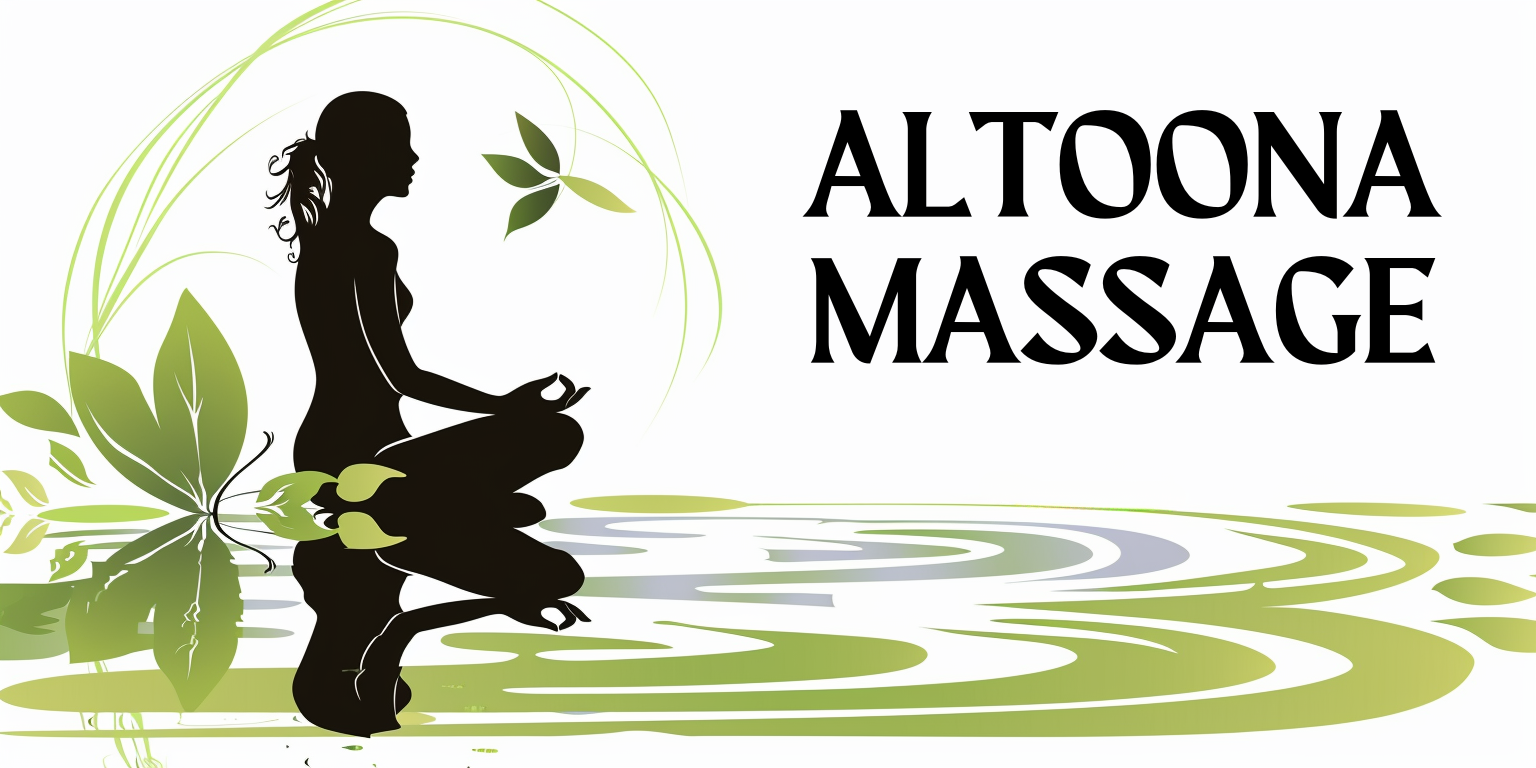Arthritis is a term that encompasses over 100 different conditions affecting the joints, leading to pain, stiffness, and inflammation. If you or someone you know has experienced arthritis, you understand how it can significantly impact daily life. The most common types include osteoarthritis, which is often a result of wear and tear on the joints, and rheumatoid arthritis, an autoimmune disorder that causes the body to attack its own joint tissues.
Joint pain can manifest in various ways, from mild discomfort to debilitating agony, making it essential to understand the underlying causes and symptoms. As you navigate through life with arthritis, you may find that joint pain can fluctuate in intensity. Factors such as weather changes, physical activity levels, and stress can exacerbate your symptoms.
This unpredictability can be frustrating, as it may limit your ability to engage in activities you once enjoyed. Understanding the nature of arthritis and joint pain is crucial for developing effective coping strategies and treatment plans. By recognizing the triggers and patterns of your pain, you can take proactive steps to manage your condition and improve your quality of life.
Key Takeaways
- Arthritis is a common condition that causes joint pain and inflammation, affecting millions of people worldwide.
- Massage therapy can help reduce pain, stiffness, and improve range of motion for individuals with arthritis and joint pain.
- Different massage techniques such as Swedish massage, deep tissue massage, and myofascial release can be beneficial for arthritis and joint pain.
- It is important to consult with a healthcare professional before starting massage therapy, especially for individuals with severe arthritis or other health conditions.
- When looking for a qualified massage therapist, it is important to consider their experience, training, and any specialized certifications in treating arthritis and joint pain.
Benefits of Massage for Arthritis and Joint Pain
Massage therapy has emerged as a popular complementary treatment for managing arthritis and joint pain. One of the primary benefits of massage is its ability to promote relaxation and reduce stress. When you experience chronic pain, it can lead to heightened anxiety and tension, creating a vicious cycle that exacerbates your symptoms.
Through massage, you can release built-up tension in your muscles and joints, allowing for a greater sense of calm and well-being. In addition to relaxation, massage can improve circulation in the affected areas. Enhanced blood flow can help deliver essential nutrients to your joints and tissues while flushing out toxins that may contribute to inflammation.
This increased circulation can lead to reduced swelling and stiffness, making it easier for you to move freely. Furthermore, regular massage sessions can help improve your range of motion, allowing you to engage in physical activities with greater ease and confidence.
Different Massage Techniques for Arthritis and Joint Pain

There are several massage techniques that can be particularly beneficial for individuals suffering from arthritis and joint pain. One popular method is Swedish massage, which utilizes long, flowing strokes to promote relaxation and improve circulation. This technique can be especially helpful for easing muscle tension surrounding the joints, providing relief from discomfort.
Another effective approach is deep tissue massage, which targets deeper layers of muscle and connective tissue. This technique can help alleviate chronic pain by breaking up adhesions and knots in the muscles that may be contributing to your discomfort. However, it’s essential to communicate with your therapist about your pain levels during a deep tissue session, as it can sometimes be intense.
Additionally, gentle techniques such as myofascial release or lymphatic drainage can be beneficial for those with arthritis. Myofascial release focuses on relieving tension in the fascia, the connective tissue surrounding muscles and joints. Lymphatic drainage massage encourages the movement of lymph fluid, which can help reduce swelling and promote healing in inflamed areas.
Precautions and Considerations for Massage Therapy
While massage therapy can offer numerous benefits for managing arthritis and joint pain, it’s essential to approach it with caution. Before beginning any massage treatment, consult with your healthcare provider to ensure it’s appropriate for your specific condition. Certain types of arthritis or joint issues may require modifications or alternative therapies.
When receiving massage therapy, always communicate openly with your therapist about your pain levels and any areas of concern. It’s crucial that they understand your limitations and adjust their techniques accordingly. If you experience any discomfort during a session, don’t hesitate to speak up; a skilled therapist will be able to modify their approach to ensure your comfort.
Additionally, consider the timing of your massage sessions. Some individuals find that receiving massage during a flare-up of symptoms may exacerbate their pain. It may be more beneficial to schedule sessions during periods of relative stability when your symptoms are less severe.
Finding a Qualified Massage Therapist
Finding a qualified massage therapist who understands arthritis and joint pain is vital for ensuring a positive experience. Start by seeking recommendations from healthcare professionals or friends who have had success with massage therapy. Look for therapists who specialize in treating clients with chronic pain or specific conditions like arthritis.
When evaluating potential therapists, inquire about their training and experience in working with individuals suffering from arthritis. A knowledgeable therapist will be familiar with various techniques tailored to your needs and will prioritize your comfort throughout the session. Don’t hesitate to ask questions about their approach and how they plan to address your specific concerns.
Once you’ve found a therapist you feel comfortable with, consider scheduling an initial consultation. This meeting allows you to discuss your symptoms in detail and establish a treatment plan that aligns with your goals. Building a rapport with your therapist is essential for creating a safe space where you can openly communicate about your needs.
Self-Massage Techniques for Arthritis and Joint Pain

Finger Self-Massage Technique
In addition to professional massage therapy, self-massage techniques can be an effective way to manage arthritis and joint pain at home. One simple method involves using your fingers to apply gentle pressure to sore areas around the joints. Start by using circular motions on the affected area, gradually increasing pressure as tolerated.
Targeting Larger Muscle Groups
Another self-massage technique involves using a tennis ball or foam roller to target larger muscle groups surrounding the joints. By placing the ball or roller under the affected area and gently rolling back and forth, you can release tightness in the muscles that may be contributing to your pain.
Practicing Self-Care and Caution
Be sure to listen to your body and avoid applying excessive pressure that could lead to discomfort. Incorporating self-massage into your daily routine can provide ongoing relief from arthritis symptoms. Consider setting aside time each day for self-care, allowing yourself the opportunity to connect with your body and address areas of tension as they arise.
Incorporating Massage into a Holistic Treatment Plan
To effectively manage arthritis and joint pain, it’s essential to view massage therapy as part of a holistic treatment plan. This approach considers not only physical symptoms but also emotional well-being and lifestyle factors that contribute to your overall health. Combining massage with other therapies such as physical therapy, medication management, or acupuncture can enhance its effectiveness.
In addition to professional treatments, lifestyle modifications play a crucial role in managing arthritis symptoms. Regular exercise tailored to your abilities can help strengthen muscles around the joints while improving flexibility. Incorporating low-impact activities such as swimming or yoga can provide significant benefits without placing undue stress on your joints.
Nutrition also plays a vital role in managing inflammation associated with arthritis. A diet rich in anti-inflammatory foods—such as fruits, vegetables, whole grains, lean proteins, and healthy fats—can support overall health while potentially reducing flare-ups. By integrating these elements into your treatment plan alongside massage therapy, you create a comprehensive approach that addresses multiple facets of your well-being.
Research and Evidence Supporting Massage for Arthritis and Joint Pain
The growing body of research surrounding massage therapy for arthritis and joint pain underscores its potential benefits as a complementary treatment option. Studies have shown that regular massage can lead to significant reductions in pain levels while improving overall function in individuals with various forms of arthritis. For instance, research published in reputable medical journals has demonstrated that patients who receive consistent massage therapy report lower levels of pain intensity compared to those who do not.
Moreover, evidence suggests that massage therapy may enhance psychological well-being by reducing anxiety and depression often associated with chronic pain conditions. The soothing effects of touch can foster a sense of connection and support that is invaluable when navigating the challenges of living with arthritis. As you explore the potential benefits of massage therapy for managing arthritis and joint pain, it’s essential to remain informed about ongoing research in this field.
Staying updated on new findings can empower you to make informed decisions about your treatment options while advocating for yourself in discussions with healthcare providers. In conclusion, understanding arthritis and joint pain is crucial for effectively managing these conditions. By exploring the benefits of massage therapy alongside other treatment modalities, you can create a comprehensive approach that addresses both physical discomfort and emotional well-being.
Whether through professional sessions or self-massage techniques, incorporating massage into your routine may provide significant relief from the challenges posed by arthritis.
FAQs
What is arthritis?
Arthritis is a common condition that causes pain and inflammation in the joints. There are many different types of arthritis, but the most common are osteoarthritis and rheumatoid arthritis.
How can massage help with arthritis and joint pain?
Massage can help with arthritis and joint pain by reducing muscle tension, improving circulation, and promoting relaxation. It can also help to reduce inflammation and improve range of motion in the affected joints.
What are the benefits of massage for arthritis and joint pain?
Some of the benefits of massage for arthritis and joint pain include reduced pain and stiffness, improved flexibility and range of motion, and decreased stress and anxiety.
Are there any risks or contraindications to getting a massage for arthritis and joint pain?
While massage is generally safe for most people with arthritis and joint pain, it’s important to consult with a healthcare provider before getting a massage, especially if you have any underlying health conditions or if your arthritis is in an acute flare-up.
What types of massage are most effective for arthritis and joint pain?
Some of the most effective types of massage for arthritis and joint pain include Swedish massage, deep tissue massage, and myofascial release. These techniques can help to reduce pain and inflammation, improve circulation, and promote relaxation.
